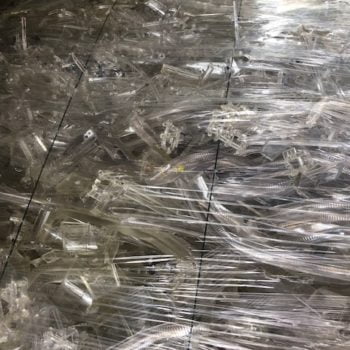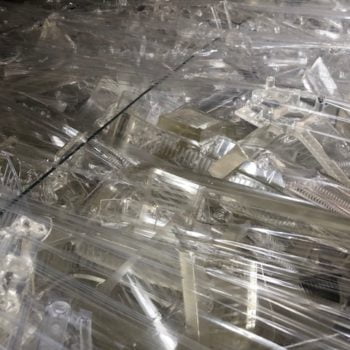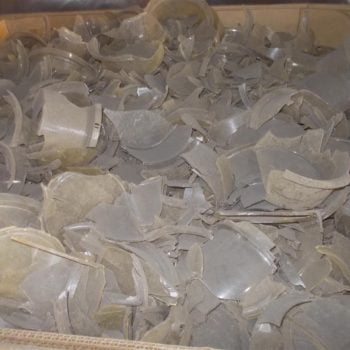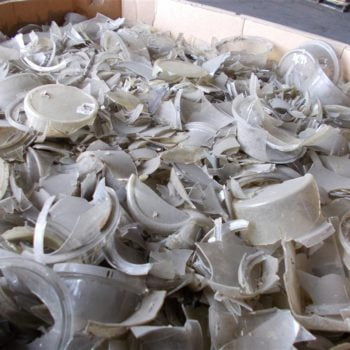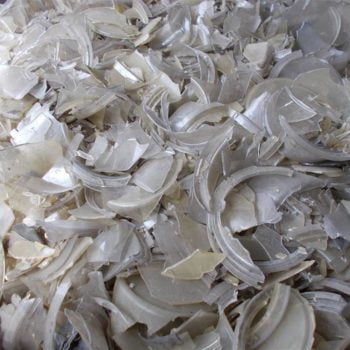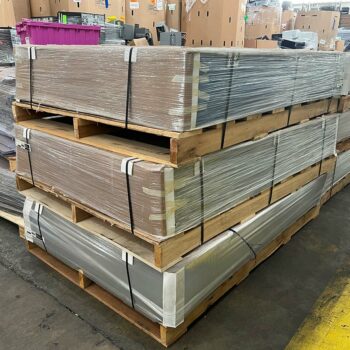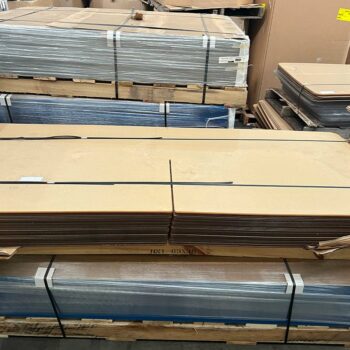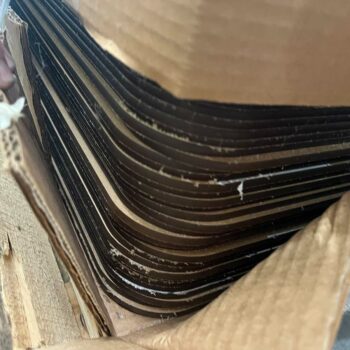Number 7 recycling symbol

The recycling symbol for number 7 plastic (polycarbonate) is the same as the other recycling codes, which is a triangle made up of three arrows. However, the number 7 is often found within the triangle, indicating that the plastic is a type 7 plastic.
Recycling polycarbonate plastic
Recycling polycarbonate plastic can be a challenge, as it requires specialized processing equipment and technologies. However, many facilities are now equipped to recycle number 7 plastic, and there are several recycling options available.
Mechanical recycling
One of the most common ways to recycle number 7 plastic is through mechanical recycling. This process involves shredding the plastic into small pieces, washing and cleaning the pieces, and then melting them down to create new plastic products. Mechanical recycling is the most cost-effective and widely used method of recycling plastic, but it is not always possible with number 7 plastics due to their unique composition.
Chemical recycling
Chemical recycling is a newer method of recycling plastic that uses chemical processes to break down the plastic into its parts, such as monomers or polymers. These components can then be used to create new plastic products or other chemicals. Chemical recycling is still in its early stages of development, but it shows promise as a way to recycle difficult-to-process plastics like number 7.
Examples of 7 plastic
Within the category of number 7 plastic, there are several subcategories of plastics, each with its unique properties and characteristics. Some common types of number 7 plastic include:
Acrylic
Acrylic, also known as polymethyl methacrylate (PMMA), is a type of plastic that is often used in applications where transparency is essential, such as windows, displays, and lighting. It is also used in aquariums and signs. Acrylic is not usually recycled, but some facilities can process it if it is free of other contaminants.
Polycarbonate
Polycarbonate is a type of plastic that is known for its strength, durability, and transparency. It is used in a wide range of applications, including eyeglasses, CDs and DVDs, and electronics. Polycarbonate is challenging to recycle due to its composition, but some facilities can process it. PC (Polycarbonate) is a valuable polymer known for resistance to the elements and extreme heat while maintaining its clarity. PC is used in displays, fish tanks, bulletproof glass, windows, and utility meter housing. Even contaminated PCs can usually be recycled and have good value. There are ready-end markets for recycled PCs and it can be compounded with other alloys like ABS to create housing for electronics and medical devices.
Polylactic (PLA)
Polylactic acid (PLA) is a type of plastic made from renewable resources such as cornstarch or sugarcane. It is often used in biodegradable packaging and other disposable products. PLA can be recycled, but it requires specialized equipment and processes.
Fibers
Plastic fibers, such as those used in carpets and textiles, are often made from a combination of different types of plastic. Recycling these fibers can be difficult due to their unique composition.
Nylon
Nylon is a type of plastic that is known for its strength, durability, and resistance to abrasion.

